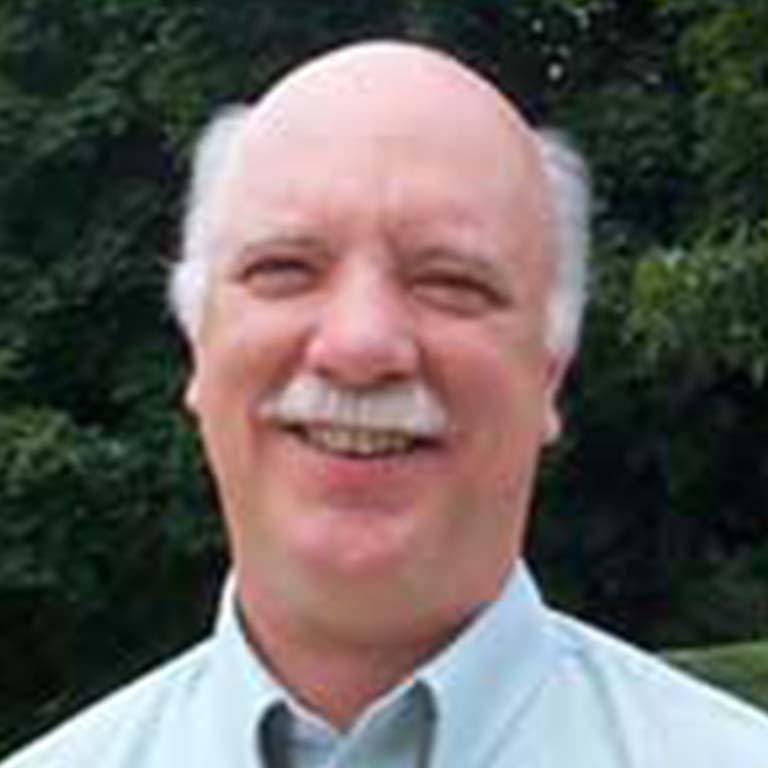- Postdoctoral Positions, Case Western Reserve University, University of Wisconsin
- Ph.D., Oxford University, 1969
- B.S., University of Rochester, 1965

J. Timothy Londergan
Professor Emeritus, Physics

Professor Emeritus, Physics
nuclear physics (theoretical)
My research interest is in theoretical nuclear physics. I study the interface between high energy and nuclear physics. In particular, I am interested in the quark/gluon structure of the nucleon (proton or neutron), and in how the nucleus can be used to obtain information regarding the nucleon's structure. I am particularly interested in the status of "broken symmetries" for quarks. These are symmetries that are approximately, but not exactly, satisfied for quark systems. Breaking of these symmetries gives direct evidence for "non-perturbative" quark effects. I also study scattering theory, particularly models of resonance behavior.
In addition, I am interested in "quantum wires," very narrow 2-dimensional structures in which electrons can move freely. Electrons in quantum wires have exactly the same properties as EM fields in rectangular waveguides. This is part of the new field of "nanotechnology." I have written a monograph on this subject [Binding and Scattering in 2-Dimensional Systems: applications to quantum wires, waveguides and photonic crystals, Londergan, Carini and Murdock, Springer, 1999.]
I am also interested in the possibility of a new facility to study quark-nuclear physics. This machine would collide beams of high-energy electrons (of energy roughly 10-30 GeV) with beams of protons and light ions, or with beams of heavy ions such as gold nuclei. The energies of the protons or heavy ions would be in the range 30-200 GeV. There have been several workshops to investigate what such a machine could accomplish, and the properties of such a facility, now called the "Electron-Ion Collider," or EIC.